The decline of Christianity and the rise of the “nones,” or people who adhere to no religion, has arguably been the top religion news story of the past decade. The nones phenomenon is real, though its significance is debatable. It’s not clear whether the number of practicing Christians is dropping precipitously in America, or whether most of the decline is attributable to non-practicing people who now say they don’t believe in any religion.
But let’s stipulate for the moment that America is becoming much less Christian. How did America get so religious in the first place? The most definitive period of American Christian growth was the Second Great Awakening of the early 1800s. The structures of American religion erected then remain with us today. And we could pay a terrible price spiritually and socially if those structures did truly collapse.
What was the Second Great Awakening? It was a long era of Protestant ascendancy punctuated by revivals, or times when large numbers of people professed new faith in Jesus Christ at one time. These revivals included the massive “camp meeting” at Cane Ridge, Kentucky, in 1801, and the evangelist Charles Grandison Finney’s powerful assemblies in Rochester, New York, in 1830 and 1831.
But the Second Great Awakening wasn’t just a revival. It was more of a “process” by which American religion became much more evangelical between the 1790s and 1830s. (“Evangelical” means they preached that all people needed the “new birth” in Christ for salvation.)
Americans might assume that the height of their nation’s religious commitment was around its Founding. Some likewise figure that spiritually, it’s been going downhill ever since. But in many ways, America became increasingly religious through the first half of the 19th century.
If the 1607 establishment of Jamestown, Virginia, (the first permanent English colony) was “the Founding,” it raises questions about religious commitment. Lots of people in early Jamestown were religious, and virtually all the white colonists there would have said they were Christians.
But proprietors founded the Virginia colony for business purposes, not religious ones. Other colonies, such as Massachusetts and Pennsylvania, were animated by a religious mission, as they were founded by Puritans and Quakers, respectively. But many of the colonies, especially those in the South, were not driven by spiritual purposes.
What about religion and the national “Founding” of 1776, and independence from Britain? Certainly many Americans were devout churchgoers at the time of the American Revolution. Many Americans had their faith permanently energized by the First Great Awakening of the 1740s. But some Founding Fathers, such as Thomas Paine, Thomas Jefferson, and Benjamin Franklin, doubted the divinity of Jesus and the authority of the Bible, despite their invocation of the Creator God in documents such as the Declaration of Independence.
As settlement spread west after the Revolution, observers also worried that the trans-Appalachian frontier would become filled with irreligious people who never went to church. East Coast cities like Boston and Philadelphia were the centers of church infrastructure in colonial and Revolutionary America, but churches and ordained pastors were few and far between on the frontier.
Today, we tend to think of urban America as secular and rural America as religious. Americans in 1776 took the opposite view. People thought of cities as more religious places, even if they also held familiar temptations like taverns. Cities in the 1700s had churches, pastors, and church-based schools like Yale College in New Haven, Connecticut, and the College of William and Mary in Williamsburg, Virginia. Northern Christians saw the South as a benighted wasteland because there were so few churches and pastors outside the small number of substantial southern towns.
By the 1790s, there was much hand-wringing about who would evangelize the unchurched people on the frontier’s lonely stretches. The New York Missionary Society, for instance, put out a call in 1796 to “send the Gospel to the frontier settlements” of America. “Nothingarians” was a common term Christians used for these unchurched folks, roughly synonymous with today’s “nones.” Starting in the 1790s, the Second Great Awakening provided a definitive answer to the nothingarian problem.
During the early 19th century, itinerant preachers and church planters would more than match the explosive population growth on the frontier. Establishing new churches by the thousands, and evangelizing souls by the hundreds of thousands, legions of Christians effectively constructed the religious infrastructure of middle America.
We can still see that legacy in Christian edifices in the old downtown areas across today’s South and Midwest. Anyone who grew up in a small to midsize town in “flyover country” knows that downtown is usually marked by “First Baptist” and “First Methodist” buildings (sometimes joined by a “First Presbyterian” or “First United Church” too).
These historic churches often face each other on opposite street corners. Some of those churches are booming today, but many are nearly empty. If your town was established before the Civil War, however, you can reliably guess that those churches began during the Second Great Awakening.
The widespread existence of First Baptist and First Methodist churches suggests another major change in the Second Great Awakening. By the time of the Civil War in the 1860s, the Methodists and Baptists had become the nation’s two largest Protestant denominations. In 1776, Baptists and Methodists stood behind the Anglican (Episcopal), Congregationalist, and Presbyterian churches in total American congregations. Methodism itself remained an Anglican reform movement led by England’s John and Charles Wesley.
When the Methodists became an independent denomination in America in the 1780s, they entered a massive season of growth with few parallels in world religious history. Methodism was distinguished from other denominations by its emphasis on a person’s free will to receive salvation, as opposed to the common Calvinist belief in predestination. The Methodists went from a minuscule movement with hundreds of members to a whopping 1,744,000 total members in 1860.
Methodists attributed this phenomenal increase to God’s providence, of course. But in a this-worldly sense, much of the credit goes to Methodist itinerants and church planters, especially the dynamic Methodist bishop Francis Asbury (1745-1816), the hardest-working Christian organizer of the age. On the eve of the Civil War, the two most common institutions one could likely find in any American town were a post office and a Methodist church.
The rise of Methodism was the most impressive story of the Second Awakening, but other denominations saw major increases, too. Baptists went from about 35,000 total members in 1776 to 664,000 in 1848. It was not just white people who were joining churches, either. Baptists founded the first enduring African American-pastored church in Silver Bluff, South Carolina, around 1773.
By the early 1800s, substantial numbers of blacks were experiencing Christian conversion and joining Baptist and Methodist churches. Blacks even began founding their own denominations, including the African Methodist Episcopal Church in 1816. By the 1820s, a major shift was underway: The African American population went from being almost entirely non-Christian when their ancestors (usually enslaved) arrived in North America starting in the 1610s, to an overwhelming majority of blacks as professing Christians by 1900.
The Second Great Awakening was rooted in churches. When revival came, it typically happened in churches, or among churches that sponsored “camp meetings” at some convenient retreat location. But the Awakening was much more than churches and revivals. The decades before the Civil War spawned an incredible array of reform, publication, and missionary agencies that transformed American culture and sent the Christian gospel to the far corners of the earth.
The most prominent and successful of the moral reform movements was the anti-alcohol, or temperance movement. Temperance has acquired a bad reputation because of the manifest failure of Prohibition in the early 20th century. But alcohol abuse was a major social problem in the early 19th century, as Americans then drank far more hard liquor per capita than we do today.
The fact that so many women saw a father, brother, or husband drink himself to ruin in those decades gave them a particular urgency about supporting the temperance movement. Evangelicals touted abstinence and faith in the Lord as a happier refuge than the bottle, and the message stuck. By the mid-19th century, American rates of alcohol consumption had dropped substantially.
Many scholars have examined aspects of this evangelical “benevolent empire,” or the vast matrix of reform societies. Some of their causes, such as temperance, could strike some today as officious meddling. Others, such as the antislavery movement, draw near-universal acclaim. The bigger point is that the Second Great Awakening was America’s great engine of religious, moral, and social capital before the Civil War.
Scholars of “social capital,” such as Harvard’s Robert Putnam, define this term as the value that individuals derive from positive relationships and social networks. Churches have arguably been the most important source of American social capital outside of the family.
Think about the life of the average frontier family in the early 19th century: They were almost all farmers. Their work did not generally put them in contact with many people outside their family. Government was often vanishingly small; the post office was the only unit of federal government most people would encounter on a regular basis.
The Second Great Awakening built much of the religious infrastructure that still marks American towns and cities. Thus, if American Christianity collapses, it is that infrastructure that stands to fall.
For people with limited reserves of social and spiritual capital, churches provided desperately needed resources, including friendship, care in times of suffering, the motivation to live responsible lives, and assurance that one could find reconciliation with God.
Baptists and Methodists (as well as many Presbyterians, Congregationalists, and Episcopalians) were “evangelical” in their emphasis on individual rebirth in Christ. The churches of the Second Great Awakening gave American frontier religion a decidedly evangelical cast, with focus on personal regeneration, tight-knit community, and eternal hope.
Fast forward again to today: Especially after the COVID shutdowns, secular and religious scholars alike agree that America and other western countries are suffering an epidemic of loneliness. Hopelessness has exacerbated a related epidemic of “deaths of despair” from suicide, and alcohol and drug abuse.
Scholars and public policy experts are scrambling to find out what factors lead to “human flourishing.” For Americans, one of the key answers to this question has always been religion, or more specifically for Christians, membership in churches. An active faith remains arguably the most common source of extrafamilial social and moral capital for Americans.
The Second Great Awakening built much of the religious infrastructure that still marks American towns and cities. Thus, if American Christianity collapses, it is that infrastructure that stands to fall. Baptist and Methodist churches still dominate the American Christian landscape. Despite a decades-long pattern of declining membership, the Southern Baptist Convention remains by far the nation’s largest Protestant denomination.
Everyone knows that churches do not lack for scandals, political excesses, and toxic environments. Entire segments of the entertainment industry and academia are devoted to exposing and amplifying the worst aspects of evangelical culture, in particular.
But remember what would also vanish if American Christianity disintegrated: the dense bonds of friendship, the moral guidance, the quiet prayers of support, and the markers of life’s most important moments (births, marriages, deaths). These features of congregational life are far more pervasive than scandals, as dismaying as those might be. Most importantly from a Christian perspective, churches answer the great existential question of how one can find forgiveness and be at peace with God.
What if most of that religious capital went away? Rising indicators of loneliness and despair suggest that the results would be quite hellish.
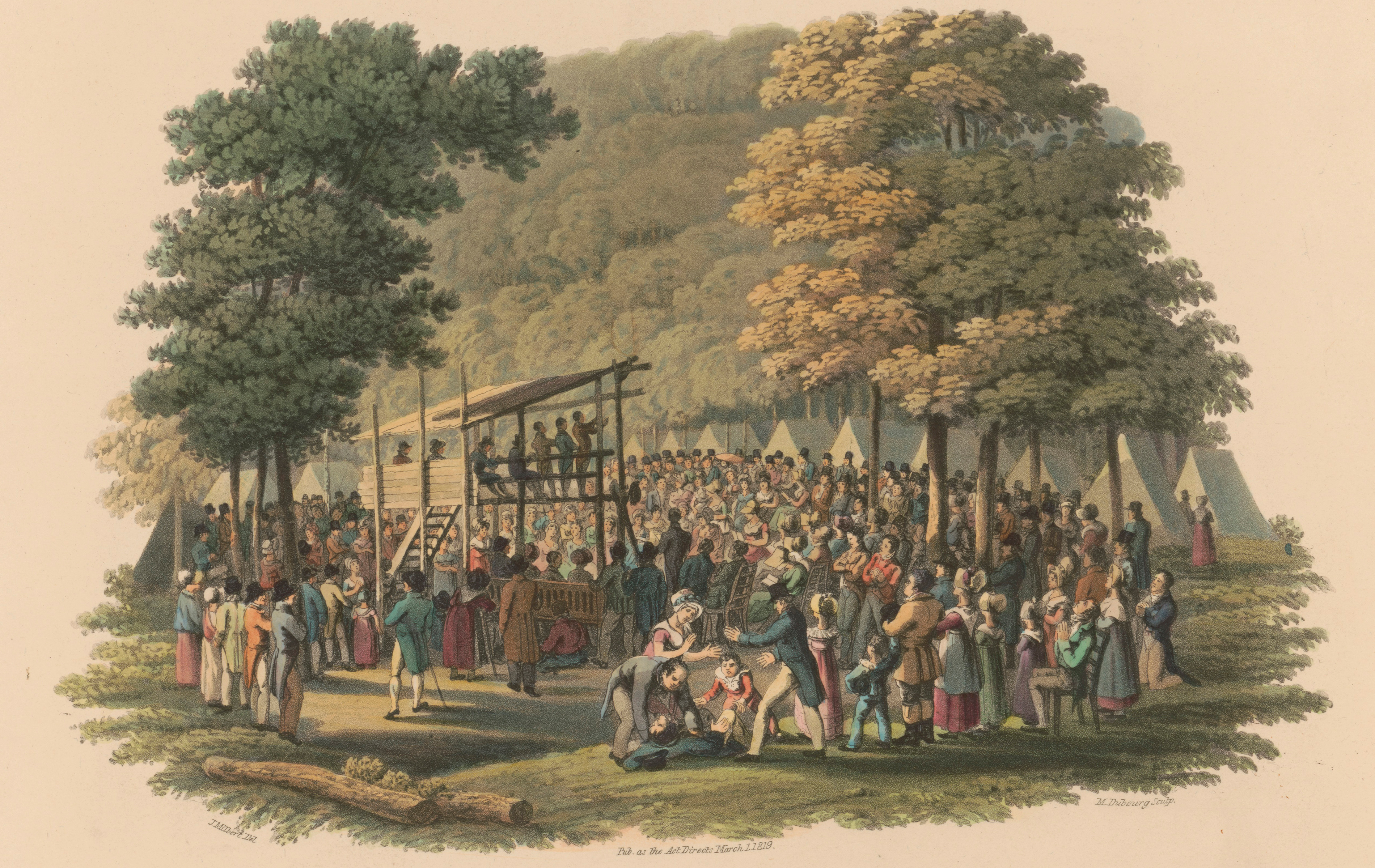
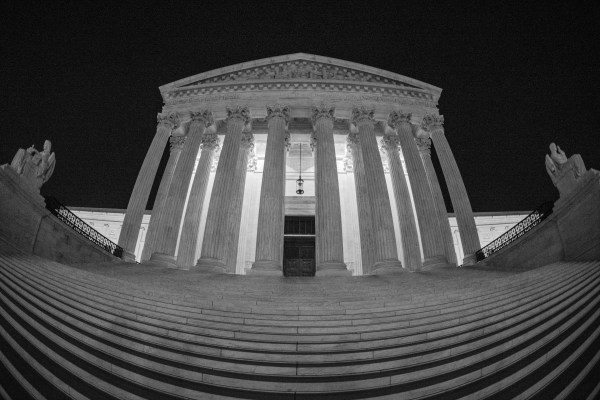
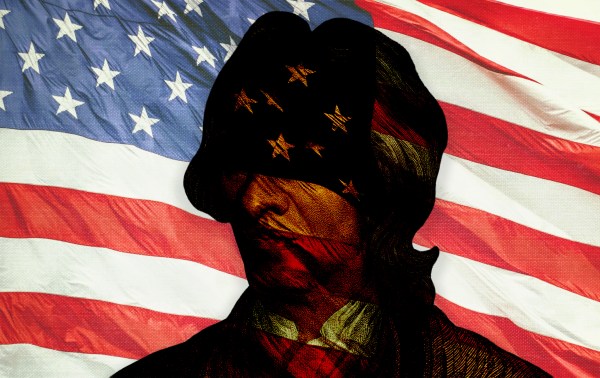
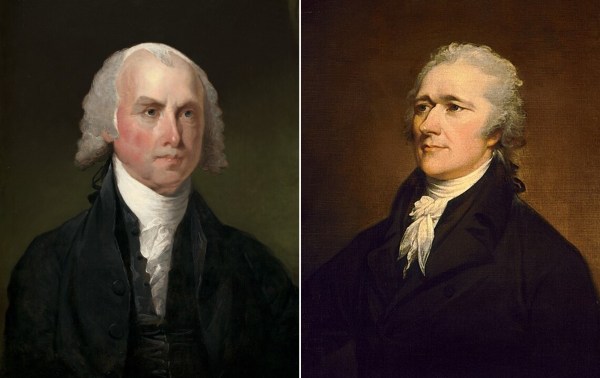
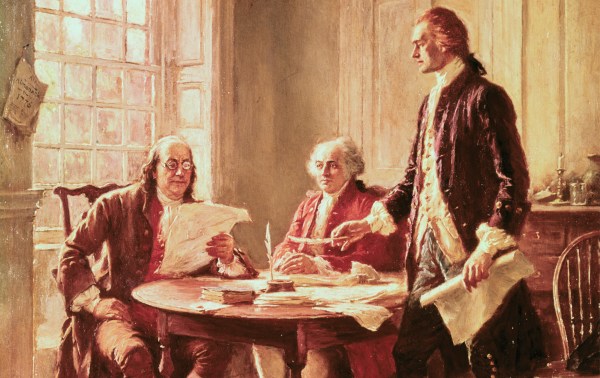

Please note that we at The Dispatch hold ourselves, our work, and our commenters to a higher standard than other places on the internet. We welcome comments that foster genuine debate or discussion—including comments critical of us or our work—but responses that include ad hominem attacks on fellow Dispatch members or are intended to stoke fear and anger may be moderated.
With your membership, you only have the ability to comment on The Morning Dispatch articles. Consider upgrading to join the conversation everywhere.